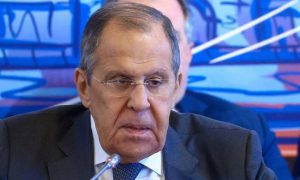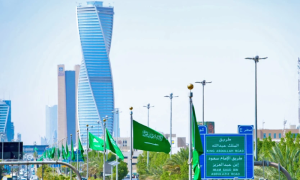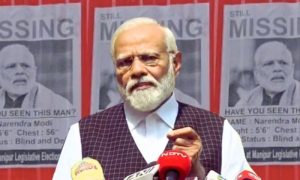SINGAPORE: Seventy-nine years ago today, on September 12, the Japanese officially surrendered to the British, ending their occupation of Southeast Asia. This historic event took place at the Municipal Building, which was later renamed City Hall and now forms part of the National Gallery.
Just two weeks prior, on September 2, 1945, Japan’s formal surrender was signed by General Douglas MacArthur aboard the USS Missouri in Tokyo Bay. Ten days later, Lord Louis Mountbatten, the Supreme Allied Commander in Southeast Asia, accepted the Japanese surrender in Singapore at 11:10 a.m.
The surrender ceremony was attended by high-ranking Allied officers, commanders, and four guards-of-honor representing the Royal Navy, the Royal Air Force, and the Australian paratroopers. A fleet band played as a 17-gun salute by the Royal Artillery rang out across the city. Mountbatten inspected the troops before proceeding to the chamber for the official surrender.

General Itagaki signed the Instrument of Surrender on behalf of Hisaichi Terauchi, the Supreme Commander of the Imperial Japanese Forces in the Southern Region. In a symbolic act, Terauchi later personally surrendered to Mountbatten in Saigon (now Ho Chi Minh City). On that day, eleven copies of the Instrument of Surrender were signed and distributed to the British, American, Chinese, French, Dutch, Australian, and Japanese governments, with additional copies for King George VI, Mountbatten, and the Southeast Asia Command.
Witnessing History
Among the 400 attendees were prominent military figures, leaders of Malayan communities, the Sultan of Johor, Sir Ibrahim (whose great-grandson, Sultan Ibrahim, is the current Sultan of Johor), and recently freed prisoners-of-war. The chamber was adorned with Allied flags, and officers from various nations stood guard, symbolizing the unity of the Allied powers.
Then the ceremony was concluded, which was followed by a celebration at the Padang, featuring a victory parade. The anniversary of the surrender was subsequently marked as a public holiday known as “Victory Day” during the colonial period.
The Lion City’s Story was Just Beginning
While the Japanese occupation ended, Singapore’s journey was just beginning. The end of the war ushered in a period of rising political sentiment and a push for self-governance. The Straits Settlements were dissolved, and Singapore became a separate Crown Colony in 1946. Over the years, Singapore made significant strides toward independence, eventually becoming the sovereign city-state we know today.
To commemorate the hardships endured during the Japanese Occupation, memorials such as the Civilian War Memorial serve as enduring reminders of the past and the resilience of Singapore’s people. This pivotal moment in 1945 not only closed a painful chapter in Singapore’s history but also set the stage for a new era.























